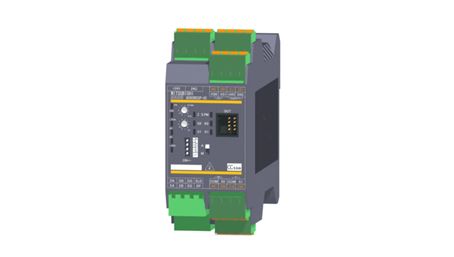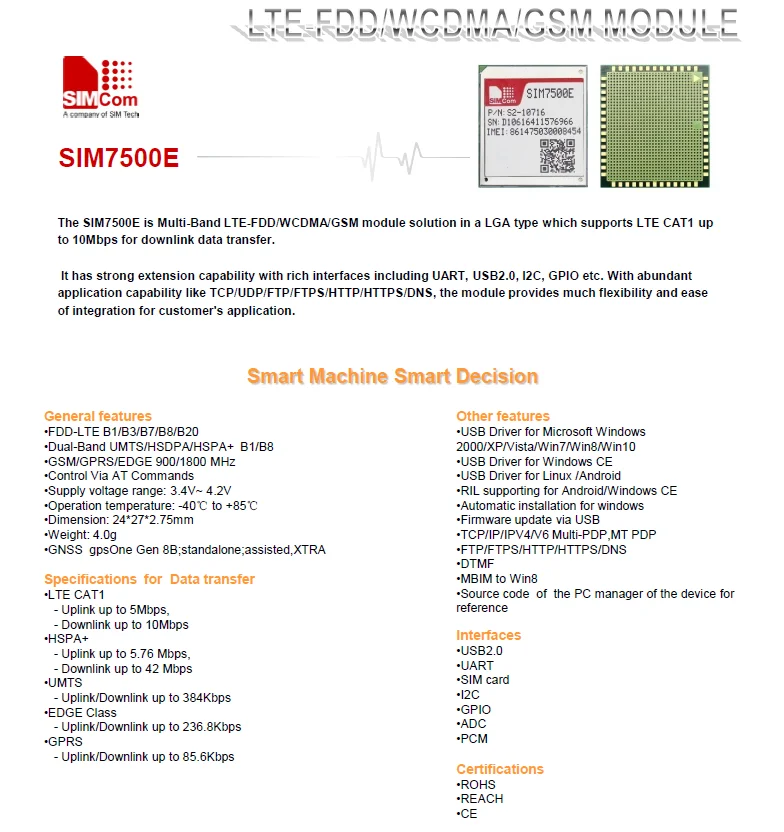Note In Visual Studio, the C# and Visual Basic project property pages include a Signing tab that enables you to select existing key files or to generate new key files without using Sn.exe. In Visual C++, you can specify the location of an existing key file in the Advanced property page in the Linker section of the Configuration Properties section of the Property Pages window. The use of the attribute to identify key file pairs has been made obsolete beginning with Visual Studio 2005. To create a key pair • At the command prompt, type the following command: sn –k In this command, file name is the name of the output file containing the key pair.
Microsoft in education Office for students Office 365 for schools Deals for students & parents Microsoft Azure in education. MICROSOFT OFFICE 2013 Activation Key 100% working 2018 & 2019 MS. How to get Microsoft Word.
Lkorableva runicheskie zagovori i apokrificheskie molitvi islandcev. Train simulator 2009 demo. The following example creates a key pair called sgKey.snk. Sn -k sgKey.snk If you intend to delay sign an assembly and you control the whole key pair (which is unlikely outside test scenarios), you can use the following commands to generate a key pair and then extract the public key from it into a separate file. First, create the key pair: sn -k keypair.snk Next, extract the public key from the key pair and copy it to a separate file: sn -p keypair.snk public.snk Once you create the key pair, you must put the file where the strong name signing tools can find it. When signing an assembly with a strong name, the looks for the key file relative to the current directory and to the output directory.
When using command-line compilers, you can simply copy the key to the current directory containing your code modules. If you are using an earlier version of Visual Studio that does not have a Signing tab in the project properties, the recommended key file location is the project directory with the file attribute specified as follows: [assembly:AssemblyKeyFileAttribute('keyfile.snk')]; [assembly:AssemblyKeyFileAttribute('keyfile.snk')] See also • Feedback.
We’re starting to hear more rumours about the next generation of Sony and Microsoft consoles, and they’re sounding even more like the PC you have sat on, or under, your desk right now. The PlayStation 4 and Xbox One started that transformation by using an x86-based APU at their respective hearts, but the PS5 and Xbox Scarlett devices look like they’re going one step further and separating the CPU from the GPU. Yeah, the next-gen consoles might actually have discrete graphics chips inside them. Sony PS5 dev kits are reportedly already out in the wild, and unsubstantiated leaks have been bandied around touting the specs of the next-gen Microsoft Xbox Scarlett machines. A realistic-looking product code for the AMD silicon going into either the showing both the use of the AMD Zen CPU architecture as well as the upcoming design. And a screenshot of what is suggested to be a specs dump from an Xbox Scarlett dev machine has also appeared, though with a powerful GPU sporting the Arcturus GPU codename.
Now, of course these leaks are likely to be at least 90% speculation and 10% fabrication, but a persistent rumour floating around right now is that the silicon at the core of the next-gen consoles might not be an APU this time. Previously both consoles used a system-on-a-chip (SoC) design, which means both the GPU and CPU are combined inside a single silicon package. Top chips: These are the today With the last-gen PlayStation and Xbox machines – even the high-end pseudo-4K machines – the AMD chip that powers them uses the same combination of CPU and GPU cores cosying up under the same heat-spreader.
There’s more graphics silicon inside the Scorpio chip used in the Xbox One X than in the PS4 Pro, but they both use the same eight weak-heart Jaguar CPU cores. The next-gen consoles are going to be using both more graphics hardware and higher-spec CPU cores inside them too. And, despite the fact that we’re expecting one or both to be built on the 7nm production process, that could potentially result in an absolutely humongous SoC. And massive chips are also massively expensive to produce and difficult to maintain high production yields on too. The latest leak, purporting to, has the Microsoft machine’s Arcturus 12 GPU using 64 ‘Arcturus Engines’ for a total of 4,096 GPU cores. Using the 7nm node the (which has 4,096 cores inside it despite only having 3,840 accessible) is still a sizeable chip.


And even if Sony and Microsoft do get to use a 7nm version of the Zen architecture, that will still be a hefty beast to build from a single slice of silicon. WE’RE NOT TALKING ABOUT HAVING A CARD THE SIZE OF A RADEON VII BULKING OUT THE PLAYSTATION 5 Arcturus?